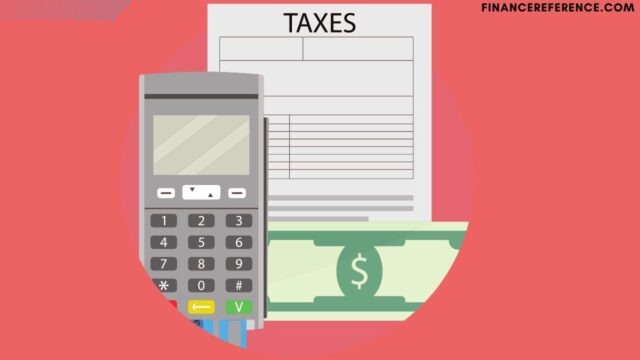
In this post, we will be discussing the Jobs and Growth Tax Relief Reconciliation Act of 2003 (JGTRRA). This was a bill that was passed in order to provide tax relief for American citizens. We will talk about who benefits from the bill, how it works, and what are the pros and cons of taking advantage of it. Finally, we will provide resources for those who want to learn more about this bill.
What is the Jobs and Growth Tax Relief Reconciliation Act of 2003 (JGTRRA)?
The Jobs and Growth Tax Relief Reconciliation Act of 2003 (JGTRRA), also known as the Bush tax cuts, was a federal law that lowered marginal income tax rates, reduced taxes on capital gains and dividends, and increased the child tax credit. The act was originally passed in 2001, but was later revised and extended in 2003. The majority of the tax cuts were set to expire at the end of 2010, but were later extended through 2012. The act had a significant impact on the U.S. economy, helping to spur economic growth and create jobs. However, it also added to the federal deficit. When the tax cuts were first enacted, some economists predicted that they would pay for themselves through increased economic activity. However, this did not happen, and the tax cuts ultimately added trillions of dollars to the national debt.
Who benefits from the Jobs and Growth Tax Relief Reconciliation Act of 2003 (JGTRRA)?
The act reduced the tax rates for both individuals and corporations, and it also created new incentives for businesses to invest in equipment and machinery. While the act did provide some relief for taxpayers, it was primarily beneficial for businesses and the wealthy. For example, the corporate tax rate was cut from 35% to 21%, which saved businesses billions of dollars. In addition, the act increased the amount that could be written off for business equipment purchases. As a result, the Jobs and Growth Tax Relief Reconciliation Act of 2003 benefited businesses and the wealthy more than any other group.
How does the Jobs and Growth Tax Relief Reconciliation Act of 2003 (JGTRRA) work?
The law lowered marginal tax rates for individuals, families, and businesses, as well as increasing the standard deduction and increasing the child tax credit. The JGTRRA also accelerated the reduction in the capital gains tax rate and helped to create new job opportunities by allowing businesses to write off up to $100,000 of investment expenditures. Overall, the JGTRRA aimed to reduce the tax burden on Americans and encourage businesses to invest in new job growth. While the long-term effects of the JGTRRA are still being debated, it is clear that the law had a significant impact on the American economy in the years following its enactment.
What are the drawbacks of the (JGTRRA)?
While the Act of 2003 (JGTRRA) did result in some economic growth, it is important to note that there were also some drawbacks to the legislation. First, the tax cuts were not evenly distributed, with the majority of the benefits going to higher-income households. This led to increased income inequality and a widening of the wealth gap. Additionally, the tax cuts were not well-targeted to stimulate economic growth. Much of the money went towards increased consumer spending, which only provided a short-term boost to the economy. Finally, the tax cuts added to the federal deficit, which will eventually need to be paid for through higher taxes or spending cuts. Overall, while there were some positive effects of the JGTRRA, there are also some significant drawbacks that should be considered.
Is the Jobs and Growth Tax Relief Reconciliation Act of 2003 (JGTRRA) worth it?
There is no easy answer to the question of whether or not the Jobs and Growth Tax Relief Reconciliation Act of 2003 (JGTRRA) is worth it. The JGTRRA is a complex piece of legislation that has been the subject of much debate since it was enacted. Supporters of the JGTRRA argue that it has helped to boost economic growth and create jobs, while opponents argue that it has primarily benefited wealthy individuals and corporations. There is data to support both sides of the debate, making it difficult to reach a definitive conclusion. Ultimately, whether or not the JGTRRA is worth it depends on one’s individual perspective.
What are people saying about the (JGTRRA)?
The JGTRRA was initially quite popular, with many Americans welcoming the tax relief it provided. However, over time its popularity has waned, particularly as the country has faced economic challenges such as recession and high unemployment. Today, there is significant criticism of the JGTRRA, with some arguing that it failed to deliver on its promises and instead added to the national debt. Nevertheless, the act continues to be an important part of tax policy, and its long-term effects are still being debated.


































